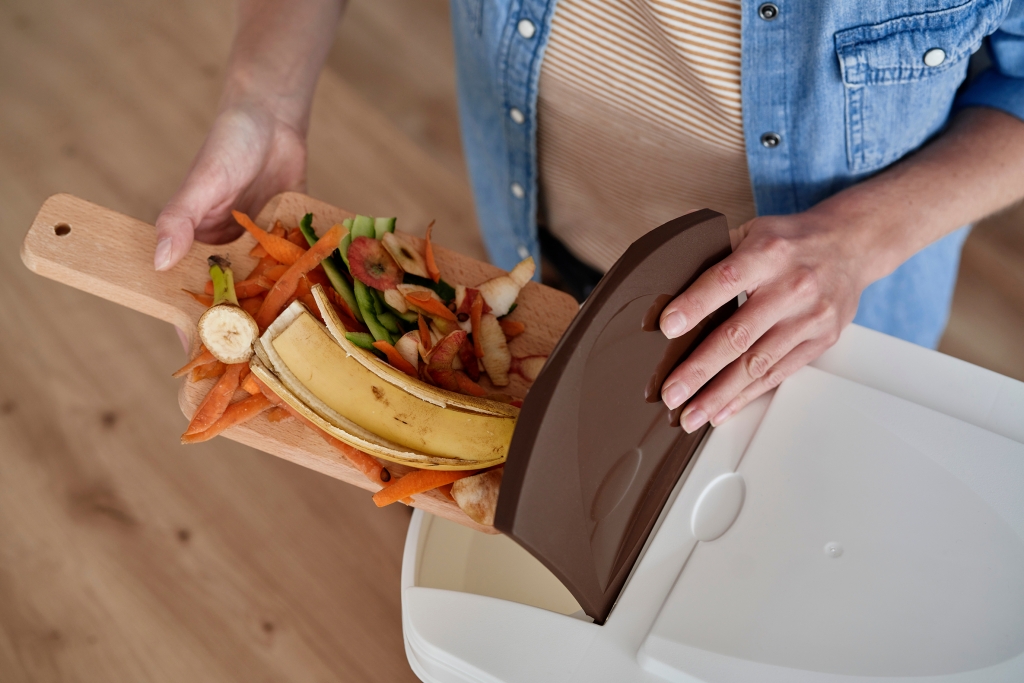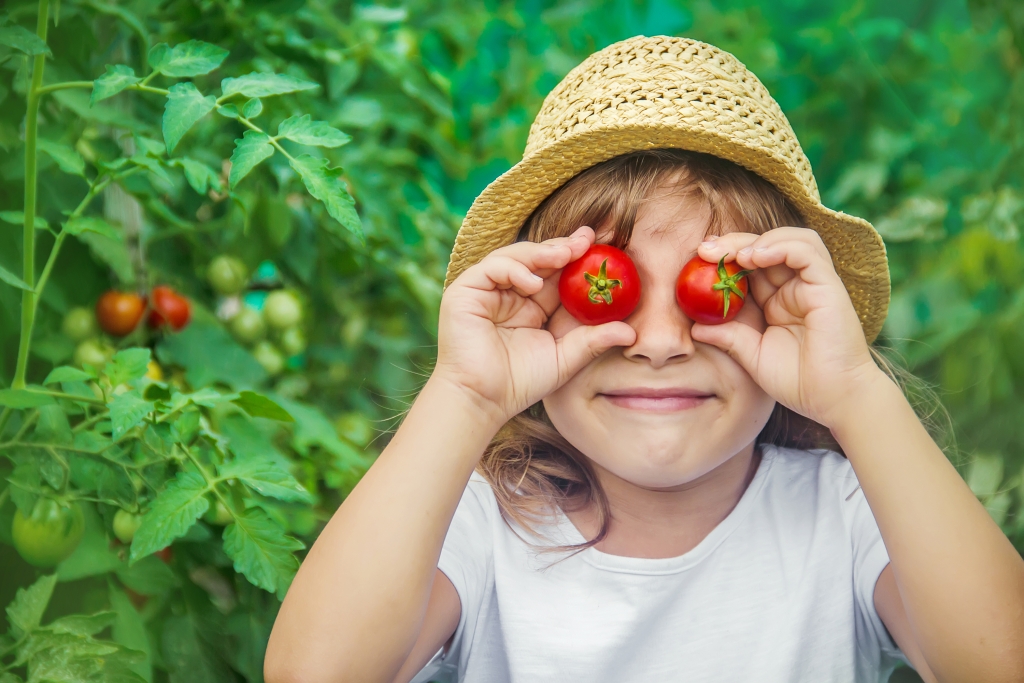 Soil is a big deal. The food we eat, the trees and plants that give us oxygen to breathe, the water that we drink, our weather and climate – they are all connected to healthy soil.
Soil is a big deal. The food we eat, the trees and plants that give us oxygen to breathe, the water that we drink, our weather and climate – they are all connected to healthy soil.
What we take out of the soil must be put back in and that’s where composting comes in!
When food scraps end up in a landfill, they break down without oxygen which produces methane, a major contributor to climate change. Composting those same scraps, on the other hand, puts essential nutrients, structure and texture back into the soil, eliminating methane and allowing plants and trees to grow strong and healthy. Check out this handy beginner’s guide to composting. It’s a great way to make both your garden and our planet healthier.
Getting Started
The first thing you’ll need is a proper compost bin. If you’re handy, you can build your own; here are some great DIY bins you can use for inspiration. Ready to use bins are available at hardware stores or from most municipalities and can range from a simple backyard plastic bin to high-tech electric models that fit right into today’s gourmet kitchens.
Outdoor bins should have a secure lid and full bottom to keep out rodents as well as keeping it manageable to shovel onto your garden. A wire lid prevents pests from entering, while still allowing rain to enter and moisten your compost pile.
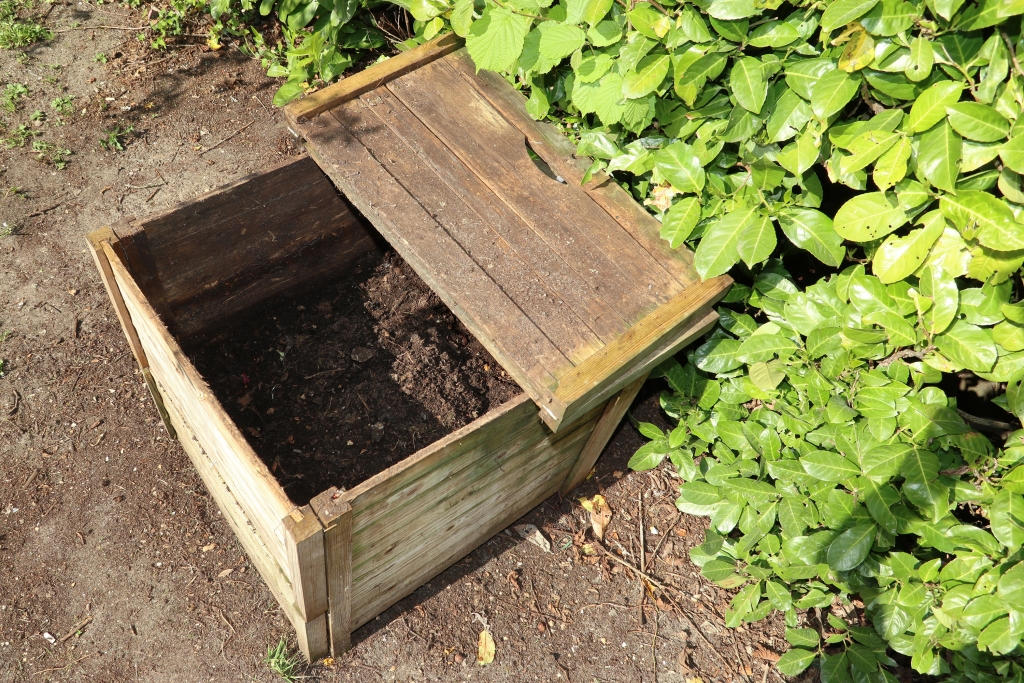
You can make compost bins yourself to fit your garden, or purchase ready to use bins
Location, Location, Location
The next step to good composting is choosing the best location. Find an easily-accessible spot with good drainage, and be sure to place it on bare ground. Choose a spot that’s out of full sun, but not in full shade either. Too much sun results in excessive heat build-up while full shade will cool the bin too much. Both situations will result in compost that lacks sufficient nutrients for growth. If possible, position the bin right in your garden, as long as it’s still accessible enough to easily add your food waste to regularly.
Compost Dos and Don’ts
At its most basic level, compost can be any organic material, but not all organic material is safe for home composting.
What you should add:
• Grass clippings
• Tree leaves
• Vegetable food scraps like coffee grounds, lettuce, potato peels, banana peels, avocado skins, egg shells, etc.
• Unwaxed newspaper or cardboard
• Wood shavings or sawdust from untreated wood
What you shouldn’t add:
• Meat, fish, fat, dairy
• Pet waste
• Noxious weeds like creeping Charlie or Canada thistle. Your compost pile will become warm as the materials start to break down, but it may not reach temperatures warm enough to kill the seeds of these plants, which could then be spread to your garden.
To learn more, here is a list of 100 things you can compost.
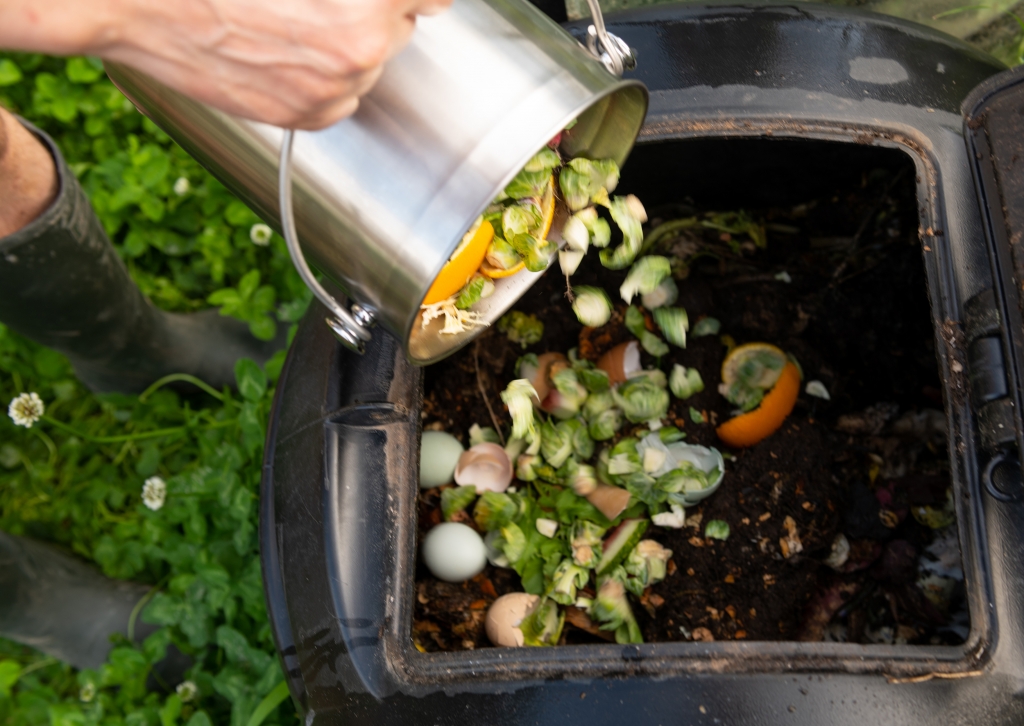
Know what organic material is safe for home composting
The Golden Ratio of Composting
To help your compost break down properly and give the best mix of nutrients to your garden it’s important to balance the ratio of what you add. Try to keep to around 30 parts ‘brown’ materials (leaves, coffee grounds, fruit scraps, egg shells, dryer lint) for every 1 part of ‘green’ materials (food waste, grass clippings).
Layering of brown and green materials is ideal for a nice, nutrient-rich compost. Once you have laid down a few layers, start mixing it regularly. Adding a thin layer of soil every now and then will quicken the process by adding more micro-organisms to your pile. Remember to lightly water your pile on an as-needed basis to ensure it remains damp.
Turning your compost regularly with a shovel or pitchfork is essential to add oxygen and break down properly.
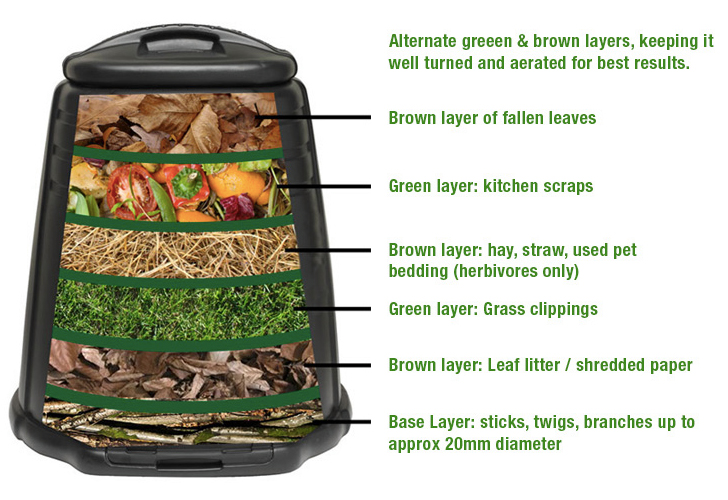
Layering is important for proper composting. Get step by step instructions at Perma.me
Are We There Yet?
There are many factors that will affect how quickly your compost matures, including size of materials added, moisture level, temperature, carbon to nitrogen level, and most importantly, how often the compost is turned for aeration.
Depending on all of these factors, your compost could be ready to use in as little as a month or up to one year. You’ll know you’ve reached the finished product when the compost is dark brown, crumbly like coffee grounds and has an earthy, sweet smell. It is important to be patient, as using unfinished compost can actually be detrimental to plants. Once you have usable compost, sprinkle around 5-12 cm along the surface of your garden. You’ll see the dividends quickly!
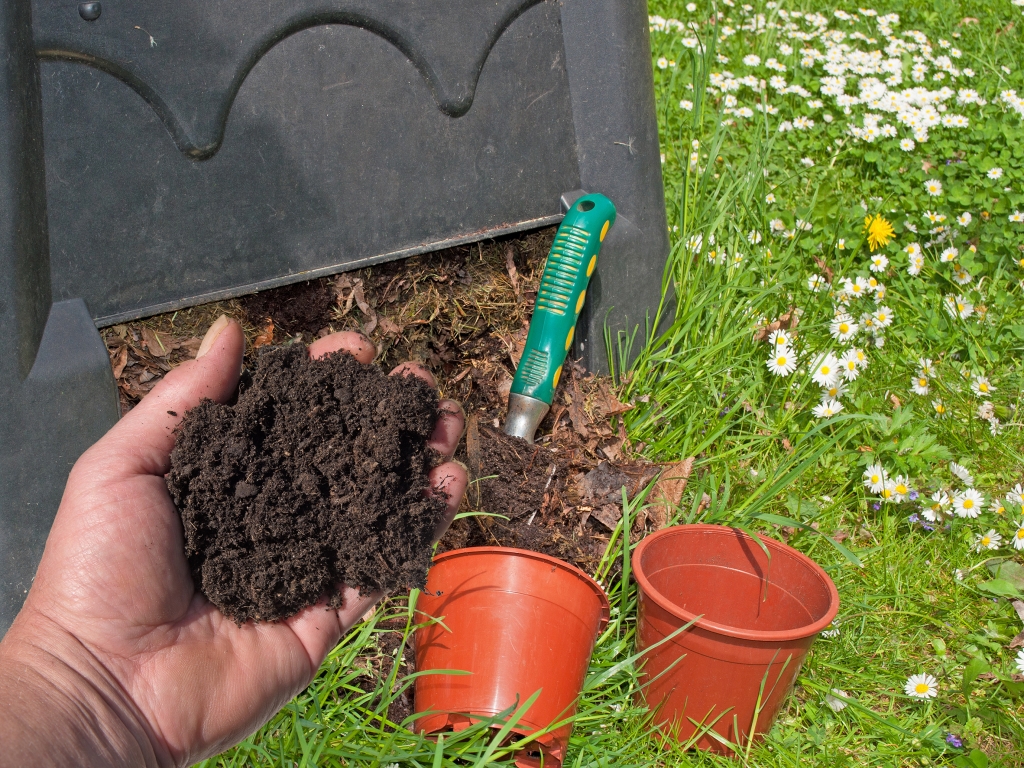
Your compost could be ready to use in as little as a month or up to one year
No Place to Compost?
Even if you are living in a condo or lack the time and space to compost in your yard, you can still do your part by putting your scraps to the curb for your community’s Green Bin Program. Check your local municipal website to find out what can be added to your green bin. An example is this one from the Town of Aurora: link
Whichever way you choose to go, composting is a win-win for everyone and with a little time and effort, you’ll end up with a garden that is the envy of the neighbourhood. Happy composting!
